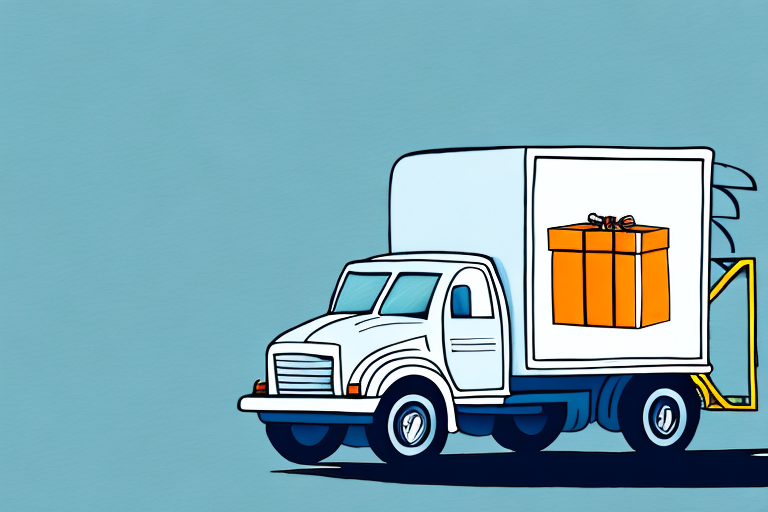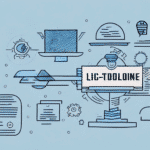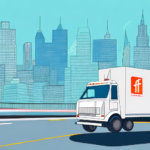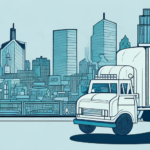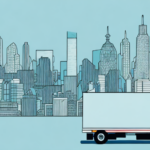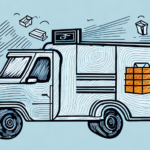What is Last Mile Delivery?
Last mile delivery refers to the final step of the delivery process, where a product is transported from a transit hub directly to the customer's doorstep. This stage is critical as it serves as the primary point of contact between the customer and the company, significantly influencing the overall shopping experience and satisfaction.
With the continuous rise of e-commerce, last mile delivery has become a key differentiator for businesses aiming to provide fast and reliable delivery services. Companies that excel in last mile delivery often enjoy a competitive advantage, enhancing customer loyalty and retention.
Benefits of Last Mile Delivery for Businesses
Improved Customer Satisfaction
Customers value quick, reliable, and convenient delivery options. Last mile delivery enables businesses to offer various delivery choices, such as same-day or next-day delivery, which can substantially enhance the customer experience. According to a Statista report, over 70% of consumers are willing to pay extra for faster shipping options.
Real-time tracking and accurate delivery notifications also build trust and transparency, further boosting customer satisfaction. By reducing the number of failed deliveries through efficient communication, businesses can save time and resources while maintaining a positive relationship with customers.
Cost Efficiency
While last mile delivery can be costly, a well-executed strategy can significantly reduce operational expenses. Optimizing delivery routes using advanced route optimization software helps minimize fuel consumption and vehicle wear and tear. Additionally, reducing the number of failed delivery attempts directly cuts costs related to re-delivery and customer service.
Implementing technologies such as route optimization software and leveraging real-time data can lead to more efficient dispatching and resource allocation, ultimately saving businesses both time and money.
Role of Technology in Enhancing Last Mile Delivery
Advanced Tracking and Automation
Technology plays a pivotal role in modernizing last mile delivery operations. GPS tracking systems allow businesses to monitor their delivery fleet in real-time, ensuring timely deliveries and enabling quick responses to any unforeseen delays.
Automation tools, such as route planning software, streamline the delivery process by calculating the most efficient routes, reducing delivery times, and lowering operational costs.
Emerging Technologies
The advent of drones and autonomous vehicles is revolutionizing last mile delivery. Drones can deliver packages to remote or hard-to-reach areas, bypassing traditional traffic constraints. Similarly, autonomous delivery vehicles offer the promise of reducing labor costs and increasing delivery efficiency.
Artificial intelligence (AI) and machine learning algorithms are also being utilized to predict demand patterns, optimize inventory management, and personalize delivery experiences based on customer preferences.
Adapting Last Mile Delivery Strategies Post COVID-19
The COVID-19 pandemic significantly accelerated the shift towards e-commerce, leading to an unprecedented increase in demand for last mile delivery services. Businesses had to quickly adapt by scaling their delivery operations and implementing health and safety protocols to protect both employees and customers.
One major challenge during the pandemic was the shortage of delivery personnel. To address this, many companies partnered with third-party delivery services and hired temporary staff to meet the surge in demand. Additionally, the pandemic highlighted the importance of having a flexible and resilient delivery network capable of adapting to sudden changes in demand.
Overcoming Common Challenges in Last Mile Delivery
Traffic Congestion and Delivery Delays
Urban areas often face significant traffic congestion, which can lead to delivery delays and increased operational costs. Utilizing real-time traffic data and dynamic route planning can help delivery vehicles navigate efficiently, avoiding congested areas and minimizing delays.
Package Theft and Security
With the rise of online shopping, package theft has become a prevalent issue. Implementing secure delivery options, such as lockers or requiring signatures upon delivery, can mitigate the risk of theft. Additionally, providing real-time tracking information allows both businesses and customers to monitor the delivery process closely.
High Operational Costs
Last mile delivery is often the most expensive part of the supply chain, accounting for up to 53% of total shipping costs [Flexport]. To manage costs, businesses can explore alternative delivery methods like bike couriers in dense urban areas or leveraging crowdsourced delivery platforms to optimize resource utilization.
Best Practices and Future Trends in Last Mile Delivery
Implementing Effective Strategies
Developing a comprehensive last mile delivery strategy involves integrating technology, optimizing logistics, and focusing on customer-centric approaches. Businesses should invest in robust delivery management systems, partner with reliable logistics providers, and continuously refine their processes based on performance data.
Training delivery personnel and equipping them with the necessary tools and resources ensures efficient and consistent service quality.
Future Trends to Watch
Looking ahead, several trends are set to shape the future of last mile delivery:
- Drones and Autonomous Vehicles: Continued advancements in these technologies promise faster and more cost-effective deliveries.
- Electric Delivery Vehicles: Adopting electric vehicles will help businesses reduce their carbon footprint and align with sustainability goals.
- Smart Lockers and Pickup Stations: These alternatives offer convenient and secure delivery options for customers, reducing the need for home deliveries.
- AI and Data Analytics: Leveraging AI for predictive analytics will enable more accurate demand forecasting and personalized delivery experiences.
Case Studies and Metrics for Success
Real-Life Examples
Amazon: Amazon has revolutionized last mile delivery with its Amazon Prime service, offering same-day and two-day delivery options. The company's investment in autonomous delivery robots, known as Amazon Scout, demonstrates its commitment to innovative delivery solutions.
Walmart: Walmart has integrated autonomous vehicles into its grocery delivery services, enhancing delivery speed and reducing operational costs. Their collaboration with technology partners showcases the potential of automation in last mile logistics.
Key Metrics for Success
- Delivery Time: The average time taken to deliver a package from order placement to doorstep.
- Delivery Accuracy: The percentage of deliveries made without errors or delays.
- Customer Satisfaction: Measured through surveys, reviews, and net promoter scores (NPS).
- Cost per Delivery: The total cost associated with delivering a single package.
- First-Time Delivery Success Rate: The percentage of deliveries completed on the first attempt.
Regularly tracking and analyzing these metrics helps businesses identify areas for improvement and optimize their last mile delivery strategies for better performance and customer satisfaction.
Conclusion: Why You Should Invest in a Strong Last Mile Delivery Strategy
A robust last mile delivery strategy is essential for businesses aiming to thrive in today's competitive e-commerce landscape. It not only enhances customer satisfaction and loyalty but also drives operational efficiency and cost savings. By leveraging advanced technologies, adopting best practices, and staying ahead of industry trends, businesses can ensure timely and reliable deliveries, ultimately boosting their sales and revenue.
Investing in last mile delivery solutions positions businesses to meet evolving customer expectations and maintain a competitive edge in the market.













